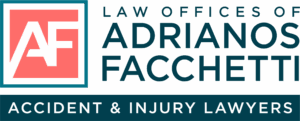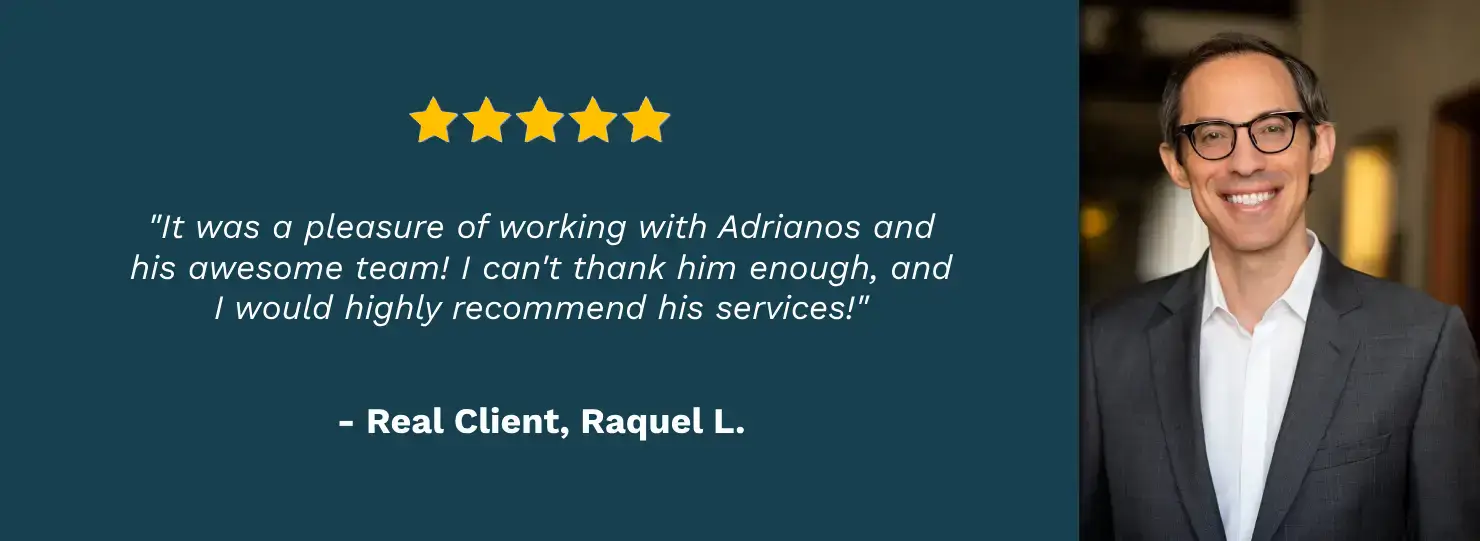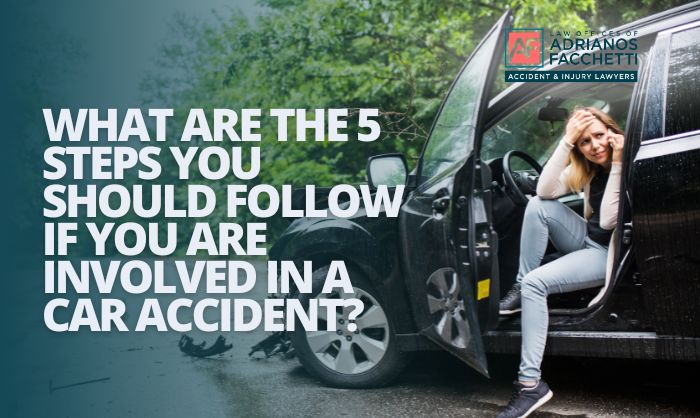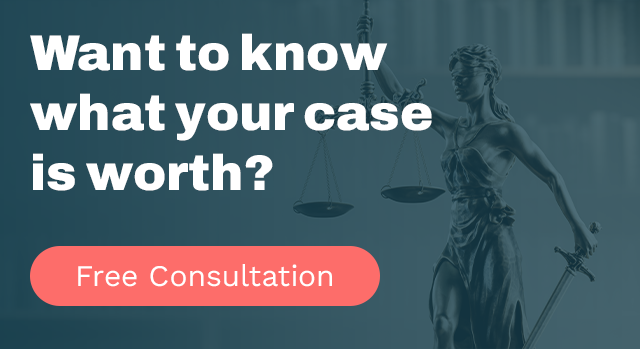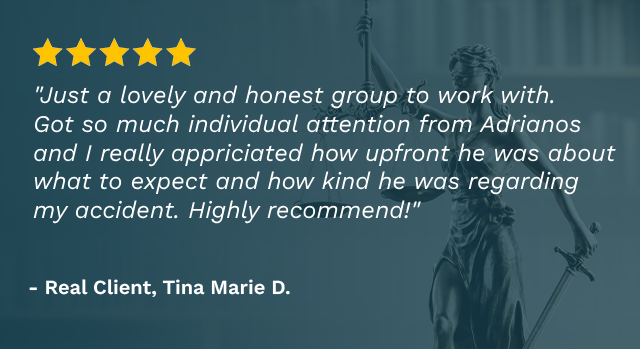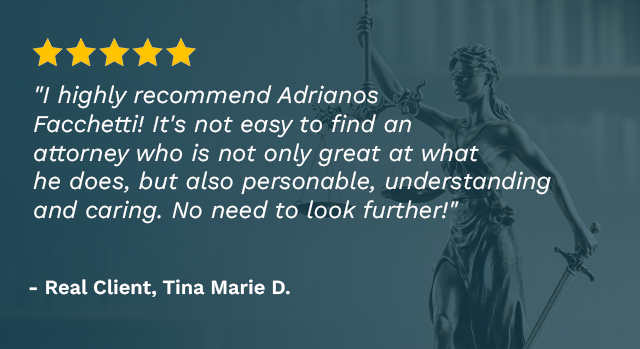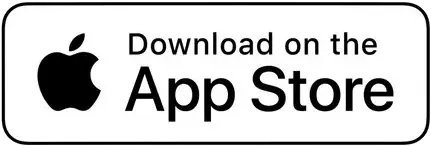When another driver’s failure to yield causes a crash, it’s not just frustrating it can turn your whole day upside down. These kinds of collisions often happen at intersections, during turns, or while merging. And while they may seem simple, figuring out who’s truly at fault can get messy, especially when both drivers have their own version of the story.
At the Law Offices of Adrianos Facchetti, we’ve handled many of these cases right here in Burbank. Our job is to help you sort through the legal process, make sure your side is heard, and work to recover what you’ve lost whether that’s your ability to get to work, your sense of safety, or your income. As a Burbank Car Accident Lawyer, we offer free initial consultations so you can understand your options before making any decisions.
When Drivers Ignore the Right of Way, Serious Accidents Happen
A moment of impatience or distraction is all it takes for a driver to miss a yield sign or turn into oncoming traffic. In Burbank, these kinds of motor vehicle collisions happen more often than people expect especially in areas with busy streets and changing traffic signals. The result can be anything from a close call to serious physical injuries.
If you were hurt because someone failed to yield, you may be left dealing with the fallout appointments, repairs, physical pain, and the stress of accident claims. An experienced attorney can help make sure the focus stays on your recovery while they handle the legal process and deal with insurance companies on your behalf.
Who Has the Right of Way in California?
Understanding who should yield and when isn’t always obvious. California’s Vehicle Code outlines specific situations where drivers must give way to others to prevent collisions. These include:
- Intersections without signals, where the first driver to stop usually proceeds first.
- Protected left turns, where oncoming traffic has the right of way unless a green arrow is shown.
- Merging lanes, where the entering vehicle should yield to those already in the lane.
- Crosswalks and pedestrian zones, where drivers must stop for people crossing, even without signals.
These rules exist to keep everyone especially vulnerable road users safe. But when negligent drivers ignore them, the risk of a pedestrian accident, T-bone crash, or rear-end collision increases.
Why Do Failure to Yield Accidents Happen So Often?
Failure to Yield Accidents can seem avoidable, but they still happen regularly in Burbank and across California. Often, they’re not caused by confusion they’re the result of risky decisions, distracted driving, or poor judgment in a split second.
Driver Distraction
Using a cell phone, eating, or glancing away for just a moment near a yield zone can lead to severe injuries for others on the road.
Misjudging Distance or Speed
Some drivers try to “squeeze through” a turn or cross a lane when they don’t really have enough space or time. This often leads to rear-end collisions or T-bone accidents.
Aggressive or Impatient Driving
When drivers ignore traffic signals or stop signs, especially during rush hour, they’re not using reasonable care and that puts others in danger.
Poor Signage or Road Layout
Even responsible parties can miss turns or intersections when roads are poorly marked, which adds confusion to who’s supposed to yield.
These conditions make it harder for drivers to react in time and harder for victims to return to a normal quality of life after an accident.
Where Do These Accidents Usually Occur in Burbank?
Certain spots in Burbank are more prone to pedestrian collisions, side-swipes, or intersection crashes. These areas see higher foot traffic, faster speeds, or confusing layouts:
- Olive Avenue & San Fernando Road a common site of T-bone collisions and pedestrian accidents.
- Parking lots, especially near shopping centers or schools.
- Highway entrances or exit ramps with fast merges and limited reaction times.
- Narrow residential streets where drivers don’t always stop fully before pulling out.
Local police reports and crash data often show these are the areas where accident victims suffer the most frequent accident injuries and property damage.
What Kinds of Accidents Are Linked to Failure to Yield?
Accidents from a driver’s failure to yield can look very different depending on where and how they happen but the outcomes are often similar: emotional distress, physical pain, and the need for medical treatment or physical therapy.
T-Bone Collisions
These happen when someone turns across traffic or pulls into an intersection without waiting their turn. They often lead to broken bones and spine-related injuries.
Pedestrian or Cyclist Strikes
A pedestrian accident claim may involve someone hit while crossing legally in a crosswalk often by a distracted driver who didn’t see them until it was too late.
Side-Swipe Merges
These happen on highways or busy streets when a vehicle merges without checking for other drivers already in the lane. They can cause major property damage and sometimes rollovers.
Rear-End Collisions
A driver braking at a yield sign might be hit by someone behind who wasn’t paying attention or couldn’t stop in time. These collisions can cause soft tissue injuries and head trauma.
Every crash is different, but what stays the same is this: victims deserve fair compensation, and legal advice from accident lawyers can make a major difference when pursuing a personal injury lawsuit. Whether it’s a free legal consultation or full legal representation, having a legal claim handled by professionals can ease what’s often a difficult time.
Common Injuries After a Failure to Yield Crash
Even minor accidents can leave a lasting impact. When a driver fails to yield, the force of a collision often comes from the side or rear, catching people off guard and giving them little time to react. These types of accidents can cause both immediate and long-term injuries that affect your ability to work, move comfortably, or even sleep.
If you’re dealing with personal injuries after this kind of crash, it’s important to understand what’s going on with your body. Some injuries may not show up right away. Others, like chronic pain or internal injuries, can gradually get worse if left untreated. Getting medical care early and keeping records can help with both your recovery and your legal claim.
Whiplash and Soft Tissue Damage
This happens when your head or neck is suddenly thrown forward or to the side common in side-impact collisions or rear-end accidents.
Broken Bones or Fractures
When a driver doesn’t yield, the impact can crush the side of the vehicle or throw someone to the ground. Arms, legs, ribs, and wrists are often injured.
Head and Brain Injuries
A sudden jolt can lead to a concussion, even without hitting your head. These injuries can affect memory, mood, and concentration.
Spinal Cord and Back Injuries
Whether it's a T-bone crash or rollover accident, your back and spine can take the brunt of the hit, sometimes resulting in loss of feeling or limited movement.
Proving Fault in a Failure to Yield Case
In any auto accident, especially those involving failure to yield, proving who’s responsible often depends on the details. It’s not always clear-cut. Having traffic camera footage, accurate accident reports, and detailed witness statements can help show what really happened.
Accident reconstruction experts may also be needed to explain how the crash unfolded. If you’re partially at fault, California’s comparative fault rule allows you to still recover compensation based on your percentage of fault. An experienced lawyer can review everything from cell phone records to traffic laws and help protect your side of the story.
What Damages Can You Claim After a Failure to Yield Crash?
Accidents come with financial losses you shouldn’t have to carry alone. Whether you were walking through a crosswalk, driving, or riding a bike, you may be entitled to compensation for more than just physical injuries.
- Medical treatment costs, including follow-ups, prescriptions, and rehab
- Lost wages or reduced ability to earn
- Pain that affects your sleep, movement, or ability to enjoy life
- Car repairs or replacement after the crash
- Emotional or psychological pain from the incident
Some cases may also qualify for punitive damages if the driver acted with impaired judgment, like driving under the influence of alcohol or drugs.
How Long Do I Have to File a Claim in Burbank?
California law gives most people two years from the date of injury to file a legal claim and three years for property damage. But that’s not a guarantee for everyone delays, missing reports, or even waiting on medical advice can affect your timeline.
Some situations have exceptions, like if the injured party is a minor or if there’s a delay in discovering the injury. That’s why it’s smart to speak with an experienced accident lawyer as soon as possible. Waiting too long could mean missing your chance for financial recovery.
I Was Cited for Failure to Yield. Do I Still Need a Lawyer?
Yes. Even if you were the one cited at the scene, that doesn’t always mean you're fully responsible under the law. Fault in auto accidents often involves many factors poor lighting, bad weather, or even another driver’s unsafe lane change could play a role.
A skilled lawyer can help you explore whether shared fault applies and challenge parts of the police report if needed. Legal services can also protect you in conversations with the auto insurance company, especially if you're facing medical bills or damage claims. A citation is just one part of the full picture.
Talk to a Burbank Failure to Yield Accident Lawyer Today
If you’ve been hurt in a crash where another driver failed to yield, the Law Offices of Adrianos Facchetti is here to help. We offer a free, no-obligation consultation so you can get answers and see what legal options make sense for you.
You can call, use our contact form, or stop by to speak with an experienced car accident lawyer. No fees unless we win your case.
